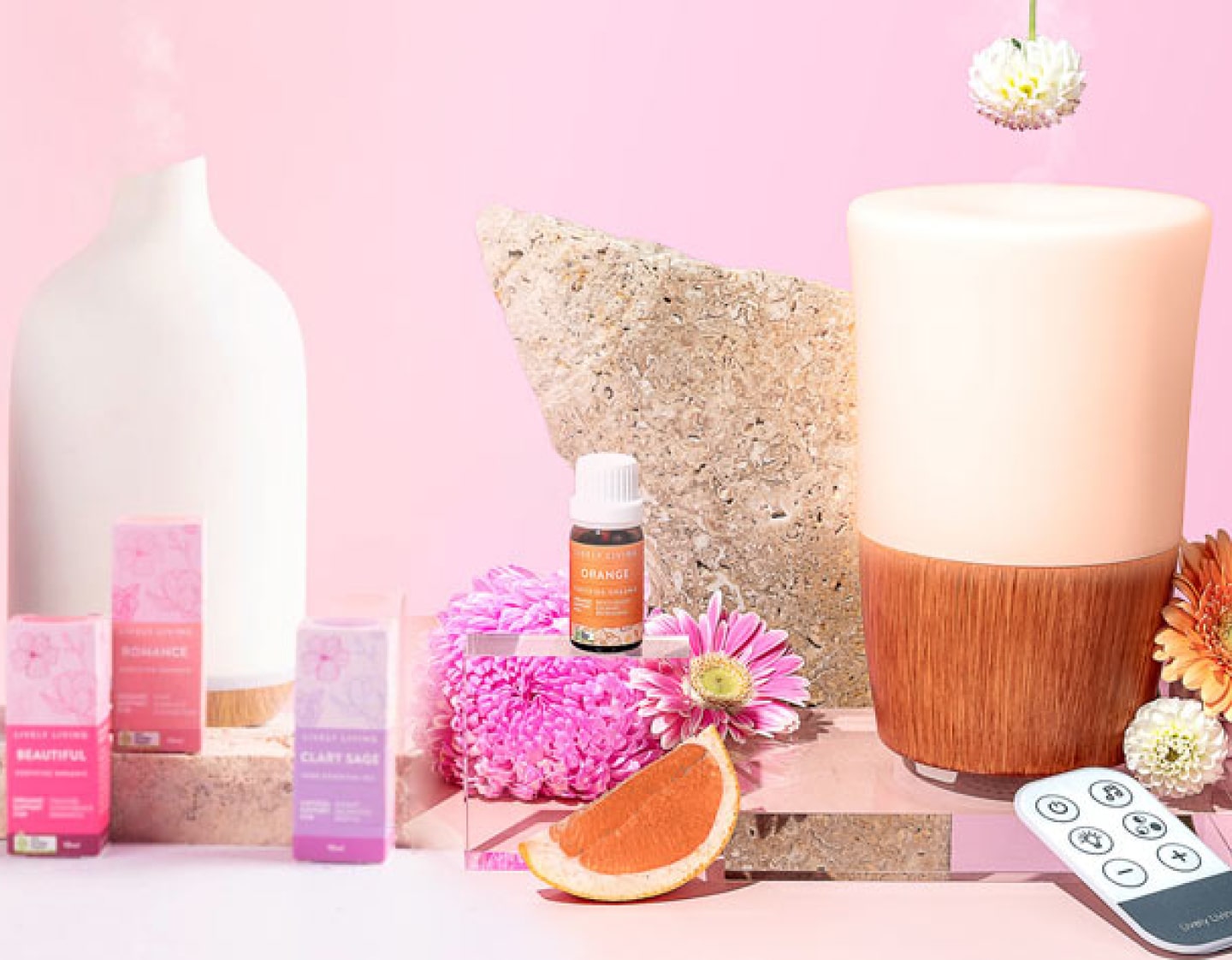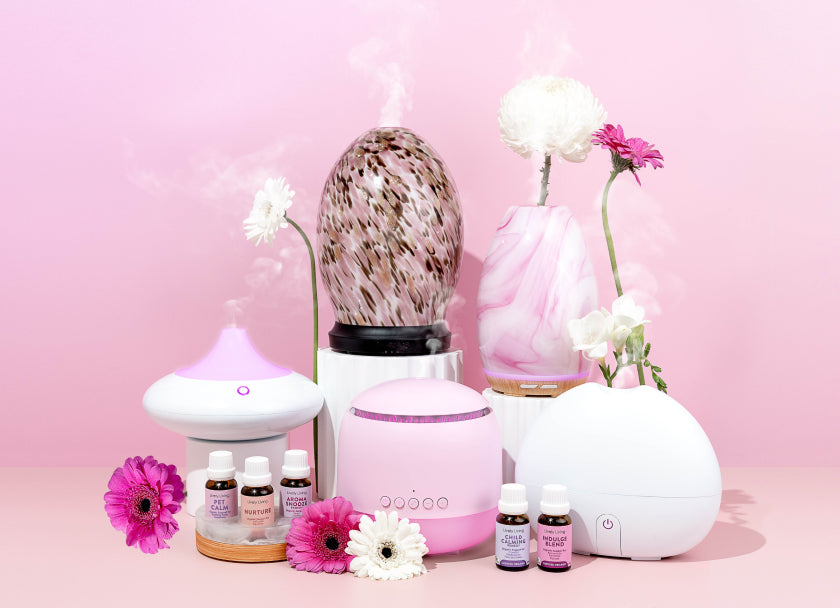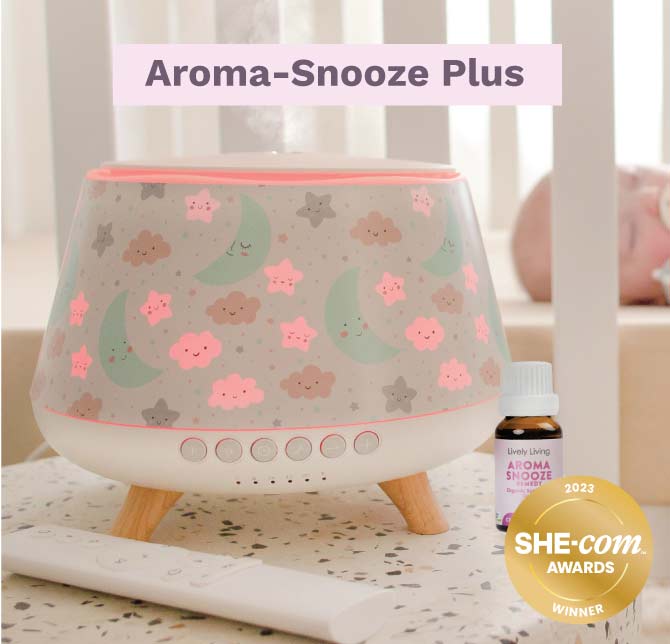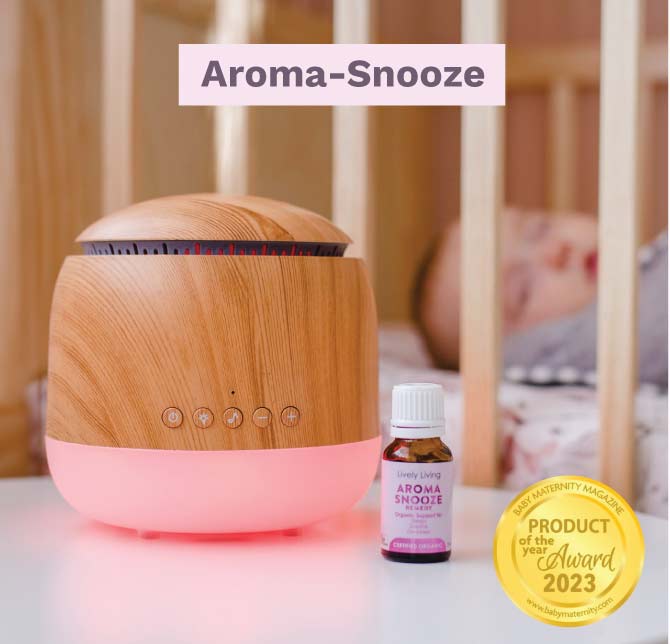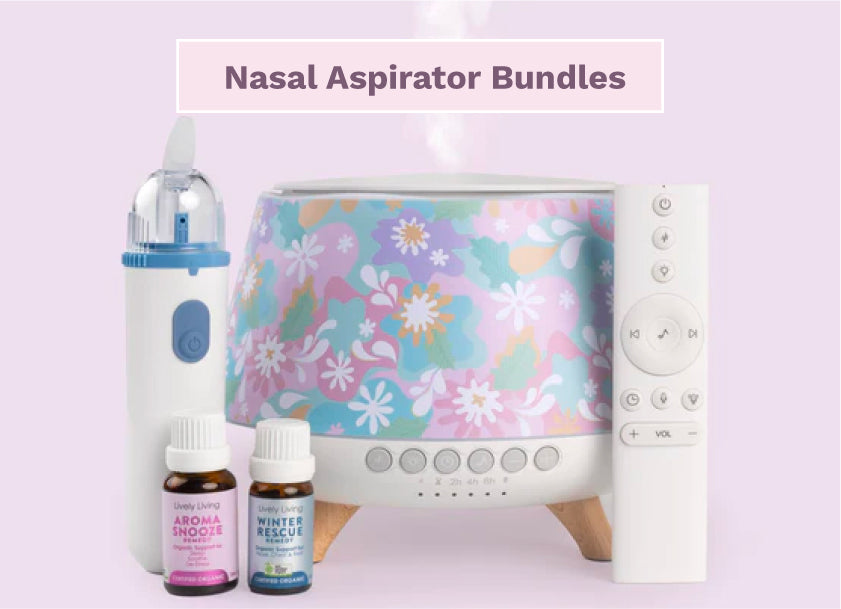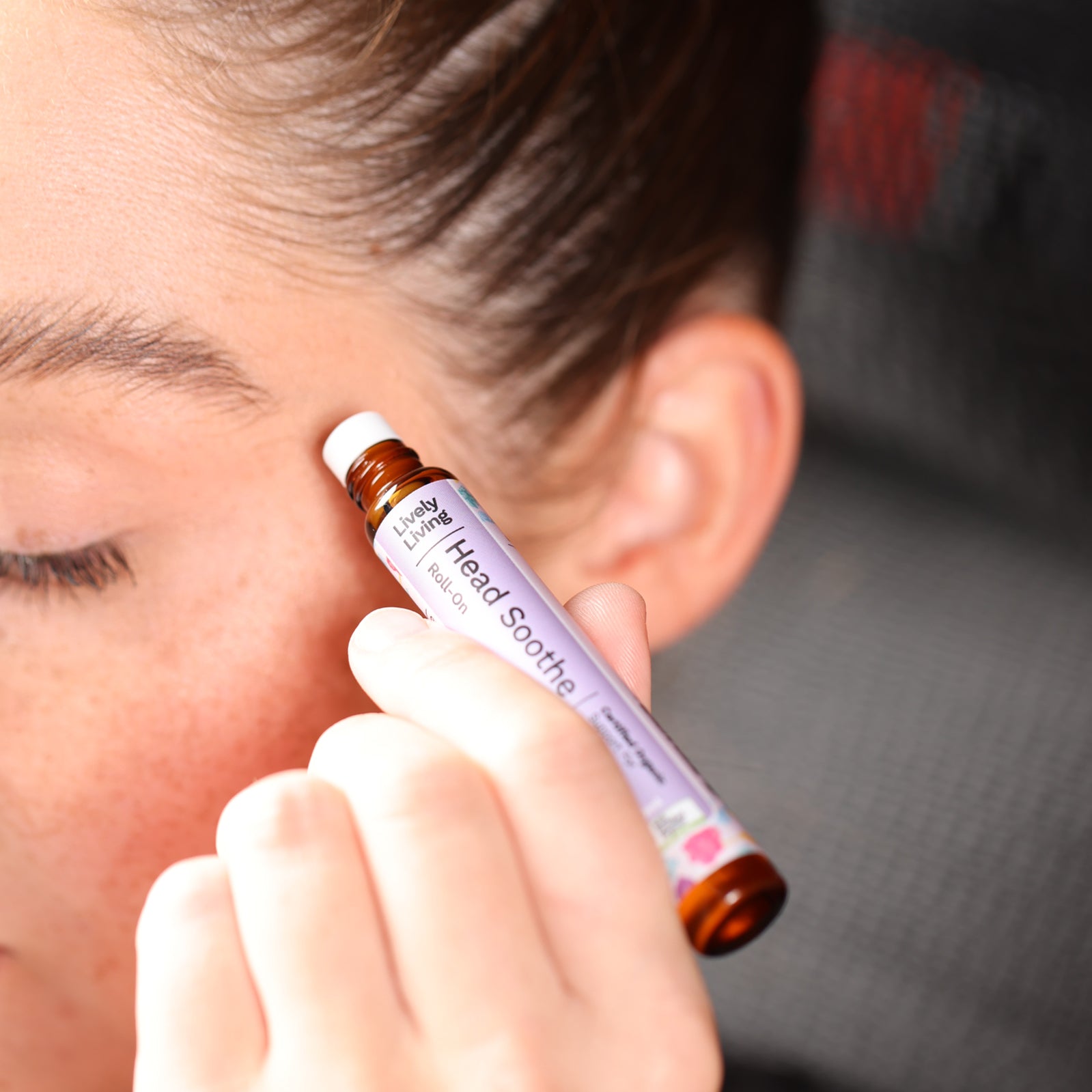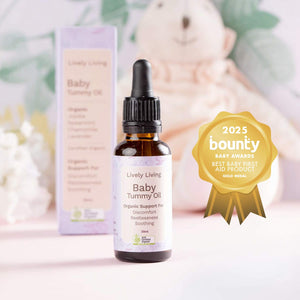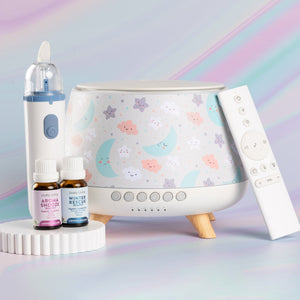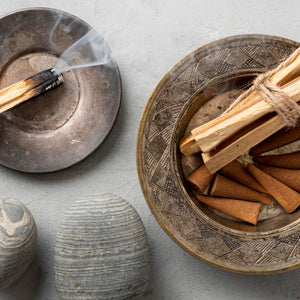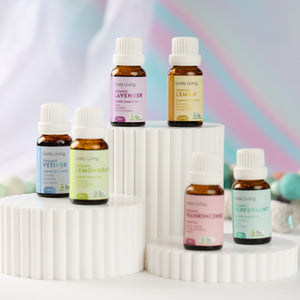Top Essential Oils for Headaches: Find Your Relief
That throbbing in your head again. You know the feeling. It can stop you right in your tracks, making even simple tasks feel like climbing a mountain. So many people are looking for natural ways to manage their pain. Maybe you've wondered about using essential oils for headaches and if they can offer some gentle comfort. You're not alone in this search; many are discovering that certain essential oils for headaches might just be the support they need, particularly when seeking alternatives to conventional medication for common ailments like a tension headache or even a more severe migraine headache.
This guide explores how specific essential oils can be part of your headache management plan. We will discuss popular choices, how they might work, and, importantly, how to use them safely for pain relief. It's about empowering you with information to make informed choices for your well-being.
Table of Contents:
- Understanding Headaches: More Than Just a Pain
- How Can Essential Oils Help with Headaches?
- Top Essential Oils for Headaches and How to Use Them
- Safely Using Essential Oils for Headaches
- Choosing Quality Essential Oils
- Creating Your Own Headache Relief Blends
- Beyond Oils: Lifestyle Tips for Headache Prevention
- When to Seek Professional Medical Advice
- Conclusion
Understanding Headaches: More Than Just a Pain
Headaches feel different for everyone, don't they? Sometimes it's a dull ache that wraps around your head like a tight band. That's often a tension headache, usually brought on by stress, tired muscles, or even poor posture. These are very common, and many people experience them frequently
Then there are those intense, pounding headaches, maybe with nausea or sensitivity to light. Those sound more like migraine headaches, which can be truly debilitating, affecting daily life significantly. Migraine attacks can last for hours or even days, and understanding your triggers is a crucial step in managing them.
Sinus headaches often come with facial pressure and a stuffy nose, especially during allergy season or a cold; the ability to clear sinuses is paramount for relief. No matter the type, they all share one thing: you want relief, and ideally, you want it quickly. Many of us prefer to reach for something natural first, which is where exploring essential oils comes into the picture as a complementary approach.
How Can Essential Oils Help with Headaches?
So, how can a little bottle of plant extract, these concentrated liquids, possibly help a big headache? Well, essential oils work in a couple of interesting ways, primarily through inhalation or topical application. When you inhale their aroma, the scent molecules travel from the olfactory nerves directly to the brain, impacting the amygdala, the emotional center of the brain. This interaction can affect areas linked to emotions and stress, which often play a significant role in both tension headaches and migraine episodes.
Some oils also have properties that can help when applied to your skin (always diluted with a carrier oil, of course.). They might have soothing, cooling, or pain-lessening effects right where you apply them. For instance, some research, including systematic review articles, suggests aromatherapy can be a good complementary approach for pain management, which includes headaches. Many essential oils treat symptoms by interacting with the body's natural healing processes.
Many oils contain compounds that studies show can reduce inflammation or relax tense muscles; these pain-relieving properties are often key factors behind why your head is hurting. For example, menthol in peppermint oil is known for its analgesic effects. It's about finding the right oil, or perhaps an effective oil blend or essential oil blend, that works for your specific type of headache and personal preferences.

Top Essential Oils for Headaches and How to Use Them
Let's look at some of the most popular essential oils for headaches. Remember, everyone reacts differently, and what works wonders for one person might not be the top choice for another; sometimes, a period of gentle experimentation is needed. Always prioritize purchasing essential oils from a trusted source to get pure essential products.
Here's a quick overview of some commonly used oils:
| Essential Oil | Key Benefit for Headaches | Common Use Methods | Often Helpful For |
|---|---|---|---|
| Peppermint Oil | Cooling, muscle relaxation, may improve blood flow. | Topical (diluted), diffusion, inhalation. | Tension headaches, some migraine headaches. |
| Lavender Oil | Calming, stress reduction, promotes sleep. | Diffusion, topical (diluted), bath, inhaling lavender. | Stress-induced headaches, tension headaches, migraine attacks. |
| Eucalyptus Oil | Decongestant, helps clear sinuses, anti-inflammatory. | Steam inhalation, diffusion, topical (diluted on chest). | Sinus headaches, headaches with congestion. |
| Rosemary Oil | Analgesic, anti-inflammatory, improves focus. | Diffusion, topical (diluted). | Tension headaches, stress-related headaches, headaches with fatigue. |
| Chamomile Oil | Gentle soothing, anti-inflammatory, relaxing. | Diffusion, topical (diluted), compress, hot bath. | Tension headaches, good for sensitive individuals. |
| Frankincense Oil | Potent anti-inflammatory, grounding aroma. | Diffusion, topical (diluted). | Inflammation-related headaches, cluster headaches. |
It is important to use these potent oils correctly. Next, we'll explore each one in more detail.
Peppermint Oil: The Cooling Classic
Peppermint oil, specifically peppermint essential oil, is probably one of the first oils people think of for headaches. Its main component, menthol, has a well-known cooling effect which can be very soothing. This cooling sensation can feel amazing on a hot, throbbing head, providing almost instant, albeit temporary, pain relief.
It's thought to help relax muscles and improve blood flow when applied topically. Many people find peppermint essential very refreshing and clarifying, helping to cut through the fogginess of a headache.
To use peppermint oil topically, try diluting a drop or two with a carrier oil like coconut oil or jojoba oil. Gently massage it onto your temples (avoiding the eyes), forehead, and the back of your neck. You can also add a few drops to an oil diffuser to let the minty aroma fill the air.
Lavender Oil: Calm in a Bottle
Lavender oil, particularly lavender essential oil, is famous for its calming and relaxing properties. If your headaches are often triggered by stress or lead to tension, lavender essential might be your friend. It's like a gentle hug in a bottle, helping to reduce stress effectively.
Its soothing scent can help ease anxiety and promote a sense of peace; inhaling lavender is a common practice for relaxation. Some people find it helpful for falling asleep, especially if a headache is keeping them awake. There's even research from a clinical trial suggesting lavender inhalation can help manage migraine headaches for some individuals by lessening their severity and duration.
Try diffusing lavender oil in your bedroom or living space, especially before bedtime. You can also add a few drops to a warm bath for a relaxing soak or make a pillow spray. For topical use, dilute it with a carrier oil and apply to pulse points, your temples, or the back of your neck.
Eucalyptus Oil: Clear the Way
If you're dealing with a sinus headache, eucalyptus oil could be a great choice. It's known for its strong, camphoraceous aroma that can help open up airways and clear sinuses. That clearing sensation can be so welcome when your head feels stuffy, congested, and full of pressure from sinus headaches.
Eucalyptus essential oil contains a compound called eucalyptol (or cineole), which has anti-inflammatory and decongestant properties. These eucalyptus oils can help relieve the pressure that often comes with sinus issues and headaches linked to them. Breathing it in can feel very refreshing and make it easier to breathe, and many essential oils reduce discomfort this way.
One of the best ways to use eucalyptus essential oils for sinus relief is through steam inhalation. Add a few drops to a bowl of hot water, lean over it with a towel draped over your head, and breathe in the steam.
Rosemary Oil: Focus and Relief
Rosemary oil, or rosemary essential oil, has a fresh, herbal scent that many find invigorating. It has a long history of use for improving alertness and concentration. But rosemary essential also has properties that can help with pain, making it useful for more than just mental clarity.
It's thought to have analgesic (pain-relieving) and anti-inflammatory effects, along with circulatory stimulant properties. Some people find it particularly helpful for headaches related to stress, fatigue, or poor circulation. Research, including a systematic review of several studies, points to rosemary oil potentially reducing pain perception when used in aromatherapy. This can make a headache feel less intense.
You can diffuse rosemary oil, perhaps blending it with lavender or peppermint for a synergistic effect. For topical application, make sure to dilute it well with a carrier oil like almond oil or grapeseed oil. Apply it to the temples, back of the neck, or shoulders to ease muscle tension that might contribute to headaches.
Chamomile Oil: Gentle Soother
Chamomile, often enjoyed as a calming tea, also comes as an essential oil. Roman chamomile essential oil, in particular, is known for its gentle, soothing properties. Oil chamomile is a great option if you're sensitive to stronger scents or looking for mild relief, and it's generally considered one of the safe essential oils for broader use when diluted.
This oil is prized for its anti-inflammatory and relaxing qualities. Chamomile essential can be helpful for easing tension headaches and promoting a sense of calm, much like the tea. Some studies on chamomile focus on its calming and anti-anxiety effects, which can indirectly help with stress-induced headaches; it helped reduce symptoms in some participants.
Frankincense Oil: Ancient Relief
Frankincense has been used for centuries in traditional practices and religious ceremonies. It has a woody, earthy aroma that many find grounding and centering. Beyond its spiritual uses, it also offers significant physical benefits, including for headaches.
This oil is recognized for its potent anti-inflammatory properties. This can be particularly helpful for headaches where inflammation is a key factor, such as some types of migraines or even cluster headaches. According to researchers, the boswellic acids found in frankincense have demonstrated significant anti-inflammatory activity in various studies, potentially inhibiting the production of inflammatory molecules.
Safely Using Essential Oils for Headaches
Essential oils are powerful plant extracts, true concentrated liquids. So, it's important to use them safely and respectfully. A little goes a long way, and a few simple guidelines can help you get the health benefits without unwanted reactions like skin irritation or an allergic reaction.
Dilution is Your Friend
Never apply undiluted essential oils directly to your skin. They are highly concentrated and can cause irritation, sensitization, or even chemical burns in some cases. Always mix them with a carrier oil first; this is a key step to dilute essential oils properly.
Good carrier oils include coconut oil (especially fractionated coconut oil which stays liquid), jojoba oil, sweet almond oil, grapeseed oil, or even olive oil from your kitchen. A general guideline for adults for topical application is to use about 2-3 drops of essential oil per teaspoon (5ml or about 0.17 fl oz) of carrier oil. For more sensitive skin, or for more frequent application, you might want to dilute essential even more.
Patch Test First
Before you use a new essential oil or oil blend more widely, perform a patch test. Mix a small amount of the diluted oil according to the dilution guidelines. Apply it to a small, inconspicuous area of skin, like your inner forearm or elbow.
Inhalation Methods
Inhaling essential oils is a popular and effective way to get their benefits. An oil diffuser, particularly a cool-mist or ultrasonic type, is great for dispersing the aroma throughout a room. Heat can alter the chemical composition and therapeutic properties of some essential oils, so cool-mist methods are often preferred.
Steam inhalation, as mentioned with eucalyptus, is very effective for respiratory issues that might contribute to headaches. You can also put a drop or two on a cotton ball, handkerchief, or aroma jewelry and inhale gently.
Topical Application Tips
When applying diluted essential oils topically for headaches, focus on key areas where you feel tension or pain. These include the temples (being extremely careful to avoid contact with your eyes). The forehead, the back of the neck, and even the shoulders are also good spots if muscle tension is a contributing factor.
When to Be Cautious
There are times when you need to be extra careful with essential oils. If you are among pregnant people or breastfeeding people, it is crucial to consult with your healthcare provider before using any essential oils. Many oils are not recommended during pregnancy or lactation due to potential effects on the developing baby or milk supply.
Choosing Quality Essential Oils
When purchasing essential oils, quality matters significantly for both safety and effectiveness. Not all oil companies adhere to the same standards. Lively Living are proud to be Australias leading supplier of certifeid organic essential oils, known for their quality and benefits
Creating Your Own Headache Relief Blends
Once you're familiar with individual oils, you might want to try making your own essential oil blend. This lets you combine the properties of different oils for a synergistic effect. An oil blend can often be more effective than a single oil.
1. Tension Tamer Roller Blend:
- 10 ml roller bottle (often sold in fl oz equivalents, approx. 0.33 fl oz).
- Carrier oil (like fractionated coconut oil or jojoba oil) to fill.
- 3 drops Lavender essential oil.
- 2 drops Peppermint essential oil.
- 1 drop Frankincense essential oil.
Add essential oils to the roller bottle, then top with carrier oil. Secure the roller top and gently shake to combine. Apply this oil topically to temples, back of neck, and shoulders as needed to help reduce stress and ease tension.
2. Sinus Soother Diffuser Blend:
- 3 drops Eucalyptus essential oil.
- 2 drops Peppermint essential oil.
- 2 drops Rosemary essential oil.
- 1 drop Tea Tree essential oil (optional, for its antimicrobial properties).
Add these oils to your oil diffuser with the recommended amount of water. This blend is designed to help clear sinuses and ease headache pressure.
3. Migraine Comfort Inhaler Blend:
- Personal inhaler wick.
- 5 drops Lavender essential oil.
- 3 drops Chamomile essential oil (Roman).
- 2 drops Peppermint essential oil.
Add these oils with a base carrier oil intoi a empty roller bottle and apply to skin and pulse points.
Beyond Oils: Lifestyle Tips for Headache Prevention
Essential oils can be a wonderful support for managing headaches. But they work best as part of a holistic approach. Looking at your daily habits can also make a big difference in how often headaches show up, and potentially reduce the frequency of weekly migraine episodes.
Staying well-hydrated is crucial. Dehydration is a very common headache trigger. Aim to drink plenty of water throughout the day. Getting enough quality sleep is also important; establish a regular sleep schedule and create a restful environment. Poor sleep can significantly impact heart health and increase headache susceptibility.
Stress is another major culprit for both tension headaches and migraine attacks. Finding healthy ways to manage stress, like meditation, deep breathing exercises, gentle yoga, or spending time in nature, can be very helpful to reduce stress. Consider adding a few drops of a calming essential oil to a hot bath for relaxation.
Regular, moderate exercise can also help prevent headaches by improving circulation and reducing stress. However, for some, intense exercise can be a trigger, so find what works for you. Information shared on social media about headache prevention can sometimes be useful, but always verify it with a trusted source or healthcare professional.
When to Seek Professional Medical Advice
While essential oils and lifestyle adjustments can be very helpful for managing common headaches, it's important to recognize when professional medical advice is needed. If your headaches are severe, sudden, or different from your usual pattern, consult a doctor immediately.
If your headaches are chronic, occur frequently (e.g., more than a few times a month), or significantly impact your quality of life, it's important to get a proper diagnosis.
Conclusion
Living with frequent headaches, be it tension headaches or more severe migraine headaches, can be really challenging. Exploring natural options like essential oils for headaches can give you a sense of empowerment, providing tools to help yourself feel better. Peppermint oil, lavender oil, eucalyptus oil, chamomile oil, and others offer a range of comforting pain-relieving properties, from cooling sensations to stress reduction, which essential oils reduce the impact of head pain.

